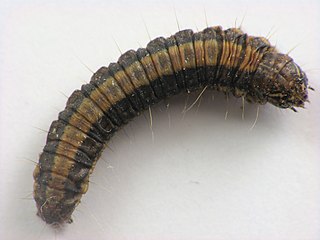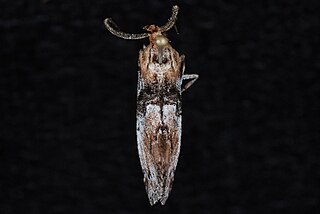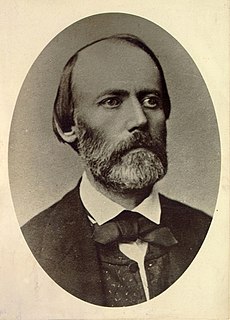
The Epipaschiinae are a subfamily of snout moths. Almost 600 species are known today, which are found mainly in the tropics and subtropics. Some occur in temperate regions, but the subfamily is apparently completely absent from Europe, at least as native species. A few Epipaschiinae are crop pests that may occasionally become economically significant.
Jocara andeola is a species of snout moth in the genus Jocara. It is found in South America.
Jocara majuscula is a species of snout moth in the genus Jocara. It was described by Gottlieb August Wilhelm Herrich-Schäffer in 1871, and it is found in California, Florida, Central America, Cuba, Puerto Rico and Jamaica.
Jocara breviornatalis is a species of snout moth in the genus Jocara. It was described by Augustus Radcliffe Grote in 1877. It is found in the U.S. states of Texas, Oklahoma and Florida.
Jocara cristalis is a species of snout moth in the genus Jocara. It was described by Cajetan Felder, Rudolf Felder and Alois Friedrich Rogenhofer in 1875. It is found in Brazil.
Jocara extensa is a species of snout moth in the genus Jocara. It was described by Francis Walker in 1863. It is found in the Guyanas and Brazil.
Jocara fragilis is a species of snout moth in the genus Jocara. It was described by Francis Walker in 1863. It is found in the Dominican Republic.
Jocara mava is a species of snout moth in the genus Jocara. It is found in South America.
Jocara oduvalda is a species of snout moth in the genus Jocara. It is found in South America.
Jocara pyropicta is a species of snout moth in the genus Jocara. It is found in Brazil.
Jocara ragonoti is a species of snout moth in the genus Jocara. It is found in Puerto Rico.
Jocara rufitinctalis is a species of snout moth in the genus Jocara. It was described by George Hampson in 1906. It is found in Paraguay and Brazil.
Jocara subcurvalis is a species of snout moth in the genus Jocara. It is found in Costa Rica.
Jocara suiferens is a species of snout moth in the genus Jocara. It was described by Harrison Gray Dyar Jr. in 1913, and is known from Peru.

Jocara trabalis is a species of snout moth in the genus Jocara. It was described by Augustus Radcliffe Grote in 1881. It is found in North America, including Alabama, Arizona, British Columbia, California, Colorado, Nevada, New Mexico, Texas and Washington.
Jocara umbrosalis is a species of snout moth in the genus Jocara. It is found in Costa Rica.
Jocara yva is a species of snout moth in the genus Jocara. It is found in South America, including Bolivia.
Jocara zetila is a species of snout moth in the genus Jocara. It is found in Guatemala and Colombia.
Mediavia is a genus of snout moths.



